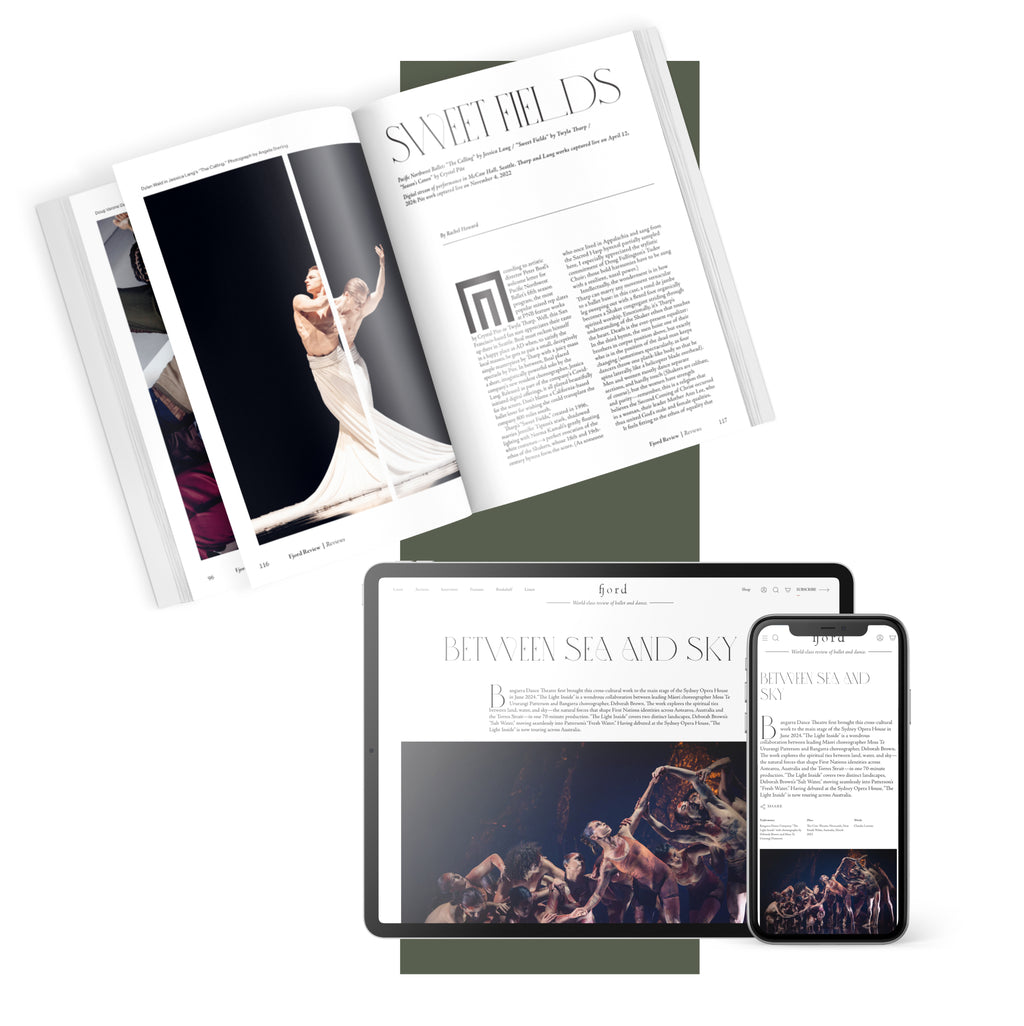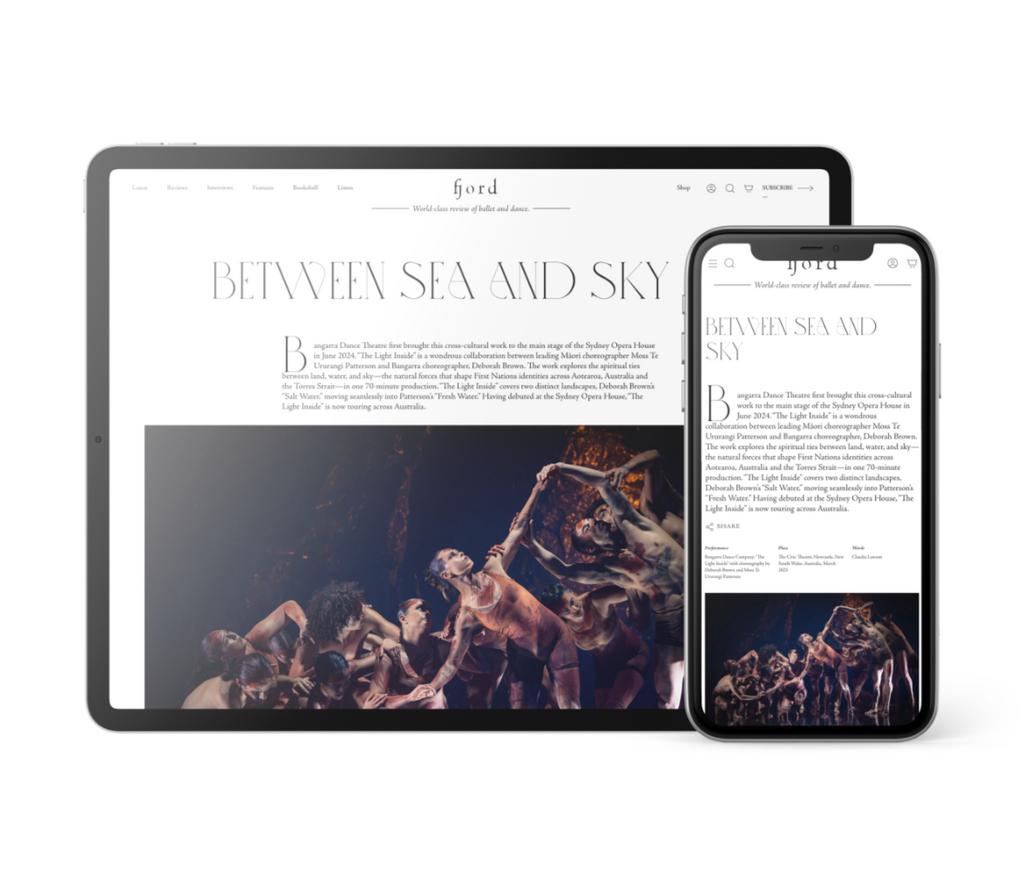Between the two “Frankenstein” runs, another “accessible” box office draw was offered: Annabelle Lopez Ochoa’s “Broken Wings,” a costumes-driven bio-pic treatment of the uber-recognizable Mexican painter Frida Kahlo. The company also danced this ballet last season, and although I didn’t feel a need to watch it again, I can get behind more of the reasons for programming it. Expanding representation on the ballet stage beyond white European cultures is much needed, and meaningful to both audiences and to dancers. Corps member Gabriela Gonzalez, who hails from Mexico, got a beautiful breakout moment dancing the role of Cristina, Frida’s sister, and noted on her social media that it was “dreamy” to dance on the War Memorial Opera House stage to mariachi music. Inclusion should stand high among the company’s priorities. Nonetheless, Ochoa’s Frida ballet is not one you watch for the steps. A certain kind of ballet lover could have been left hungering for meatier choreography to chew on. Fortunately, the “Broken Wings” program ran in alternation with a mixed-bill tribute to the path-breaking choreographer Hans van Manen, giving us at least one masterpiece.
That work would be van Manen’s 1971 “Grosse Fuge,” and I was surprised, after seeing it twice, to hear from a longtime ballet-going friend with wide-ranging tastes that he found it challenging. To my mind, “Grosse Fuge” is just as “accessible” as “Frankenstein” or “Broken Wings”—created at the end of van Manen’s tenure as co-director of Nederlands Dans Theater, it’s visually bold, theatrically striking, and never for a moment dull—but how you react to it will depend on your attitudes towards sex and musicality.
When it comes to sex, the challenge to shyer sensibilities is not subtle: “Grosse Fuge” is a ritualized copulation for four men and four women, to Beethoven’s Great Fugue. What’s refreshing to this American eye, though, is how it brings us a healthier Dutch attitude towards sexuality. The women stand in the back for the first section of “Grosse Fuge,” dressed in white leotards that look a bit like lingerie; as the music delivers strident phrases driven by the double-bass, the men make fists and flex biceps and swish around long black skirts, like peacocks showing off in hopes of landing a mate. When at last the women join in, a gentler musical theme has launched, but the women are hardly passive little flits—they flex and stand tall and even slap a male partner on the ass. (Twice, in case you missed it the first time, as a friend pointed out.) It’s the men who have to disrobe in a most vulnerable fashion, stripping off their skirts to reveal tiny shorts. It’s the women who arch their backs over them, initiating the real intercourse, and pressing the men’s heads commandingly to their crotches. (How’s that for empowering a woman’s desires?) And when the women latch on to the men’s belts, and the men slide them around on the floor between their legs, it’s the women who are holding on with a death grip, as a lyrical movement from one of Beethoven’s late string quartet provides a striking tonal contrast.












Thank you, Rachel for you insightful reviews this season; I think we are on the same page that Tamara is taking our company and dance in general to a new level of excellence and innovation.